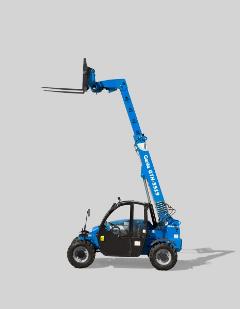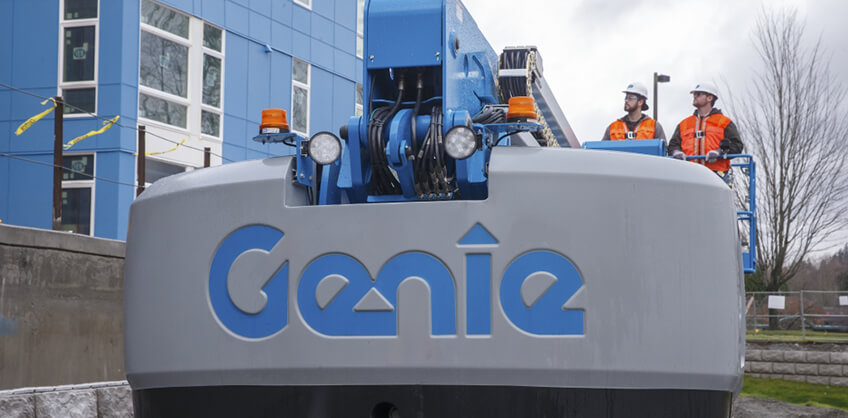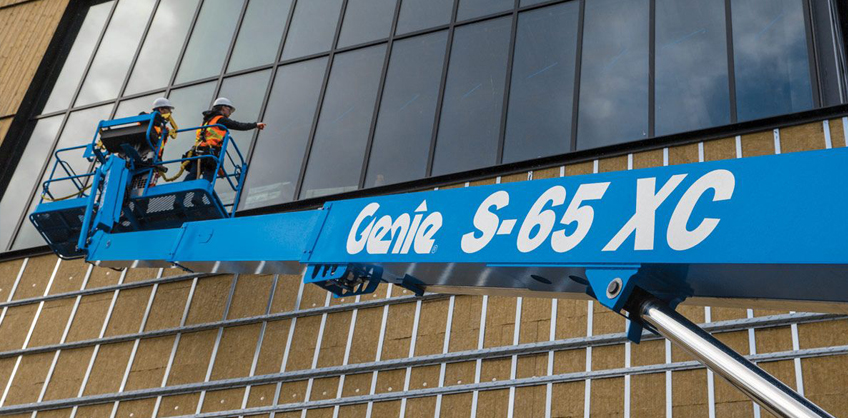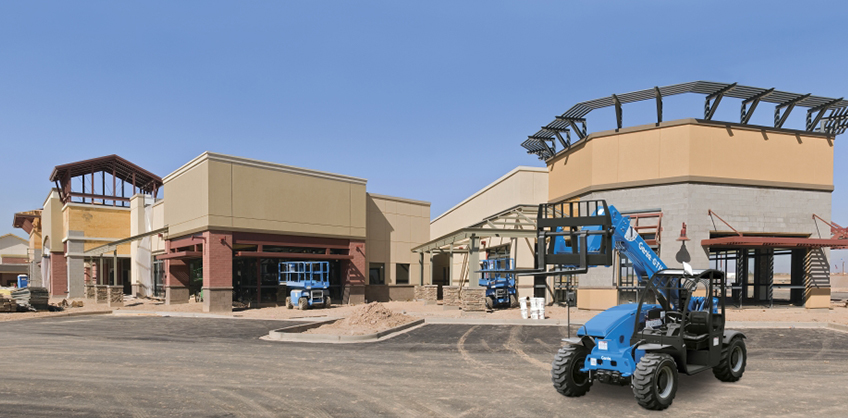BIM Makes Jobsite Planning and Construction Easier, More Efficient and More Profitable
by Chad Hislop - Sr. Director of Product Management On Mar 26, 2020, 03:00 AM
Subscribe To Aerial Pros
Filter by tags
Savvy contractors are now using BIM (Building Information Modeling) files to preplan equipment needs for upcoming projects. BIM allows architecture, engineering and construction professionals to work together in the same environment to minimize clashes during the design phase. To aid these efforts, manufacturers like Genie create a library of BIM files that design and construction professionals can access and pull available .rfa files into their drawings.
With BIM transforming how buildings and infrastructure are designed, constructed and operated, it’s important to understand how it can be used in jobsite planning and construction.
Here’s an example: A contractor working on a large structure construction project can use BIM to answer questions about the type of equipment will be needed, as well as can be used, on site: “Will this boom lift give me the required reach? Will this machine fit into the structure? Does the floor support the weight of the machine?”
And, it’s not just contractors. Architecture firms also encounter situations where it’s beneficial to have lift equipment BIM files. For example, some facility owners ask architects to design a place to store a piece of aerial equipment for maintenance, so they need to pull in an .rfa file of the equipment to make sure it is properly designed.
For these, and other reasons, Genie offers a library of BIM files for our most popular products, including telescopic and articulated boom lifts, scissor lifts and telehandler models. The Genie® BIM library is available globally and can be accessed at: https://www.genielift.com/en/support/BIM.
Genie BIM files are built around our machine’s specifications, so they allow contractors to pull, for example, a scissor lift into the BIM drawing to see if it will complete the necessary task. It can tell a contractor if a telescopic boom will work or if the up-and-over reach offered by an articulated boom is needed, along with which model is required.
All this is completed ahead of the project, well before equipment need. That way, a contractor can work with its rental partner in advance to make sure the right piece of equipment is available when it’s needed on the job — making project planning and construction easier, more efficient and more profitable.
To access Genie BIM files, please visit: https://www.genielift.com/en/support/BIM.
Related Posts

Why BIM?
“We think of BIM as a beginning-to-end concept,” says Josh Lyons, architect for The Thrasher Group, an architecture, engineering and field services company, headquartered in Bridgeport, W.Va.
Continue Reading

BIM Provides a Digital, Dynamic Representation of Jobsites
Technology is changing the way business the world does business.
Continue Reading
-terms.jpg?sfvrsn=899e2a7e_25)
What Is a MEWP (Mobile Elevated Work Platform)?
Learn about MEWPs, the differences in the type of MEWPs available on the market, and more to help you select the right machine for your job.
Continue Reading


